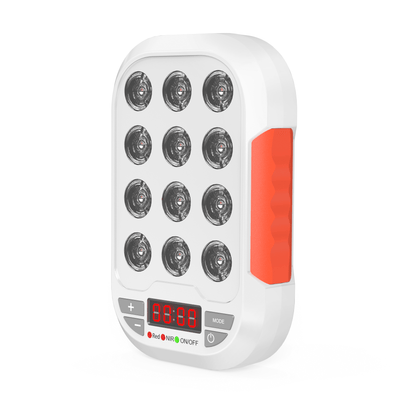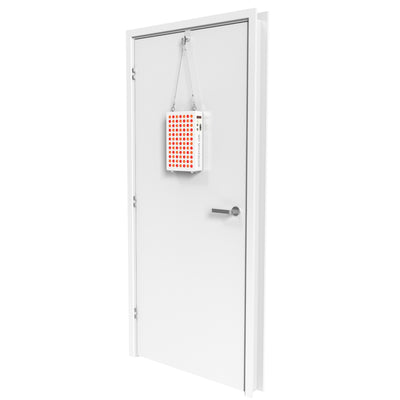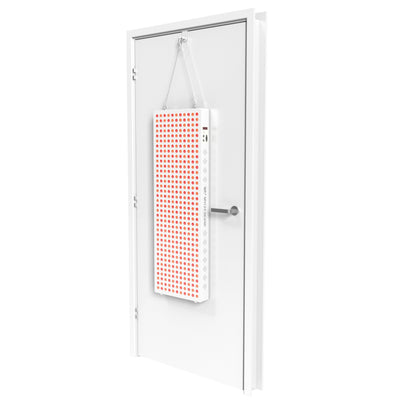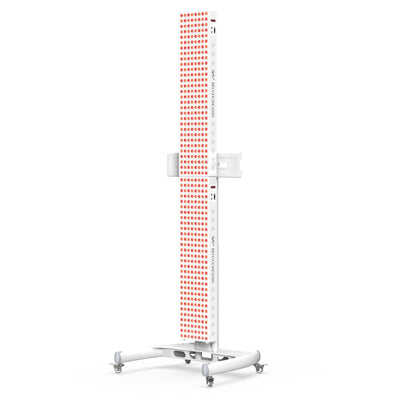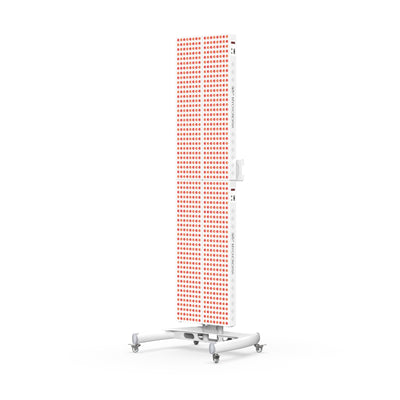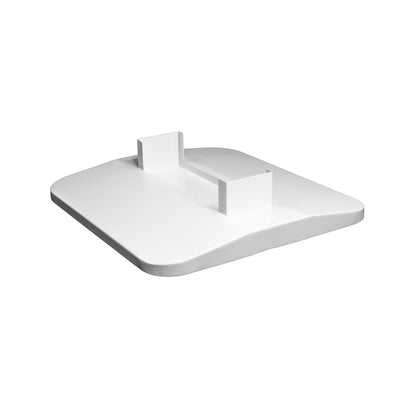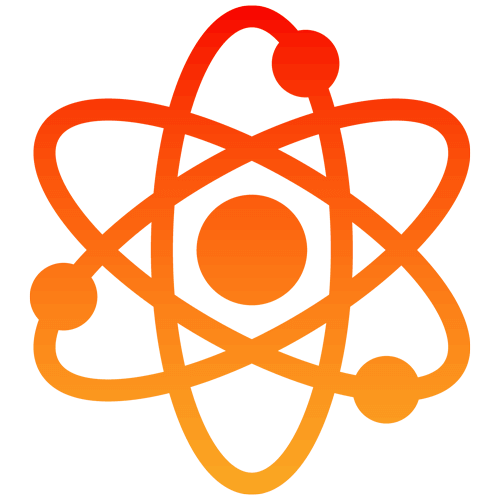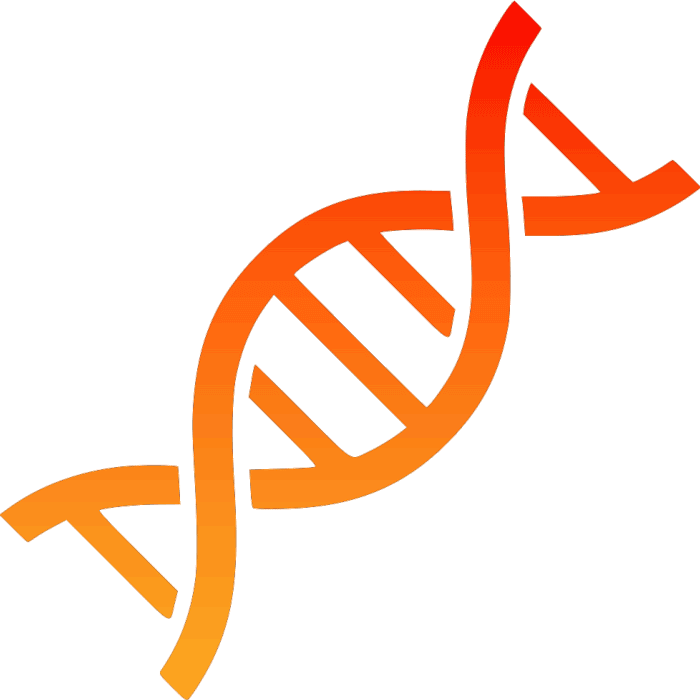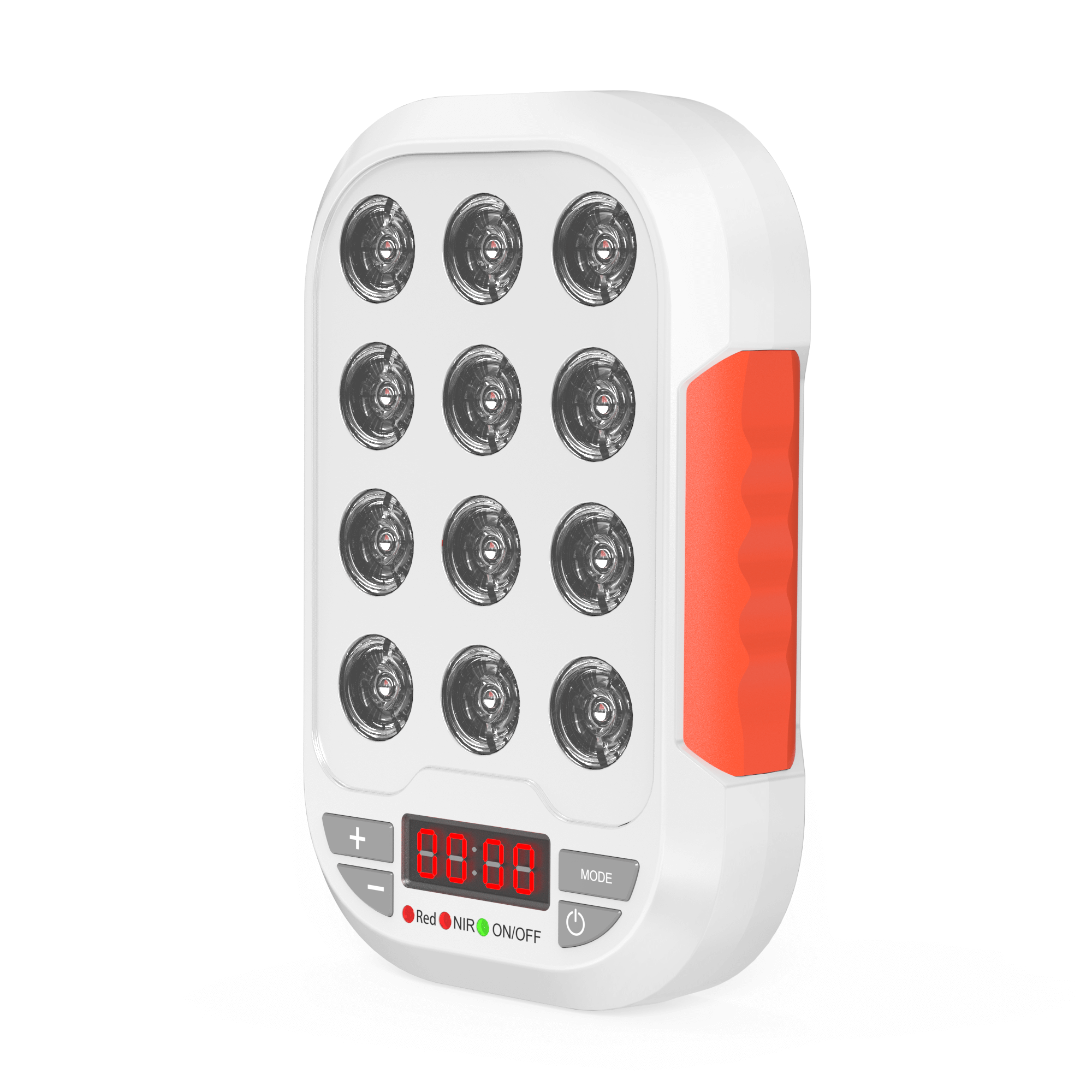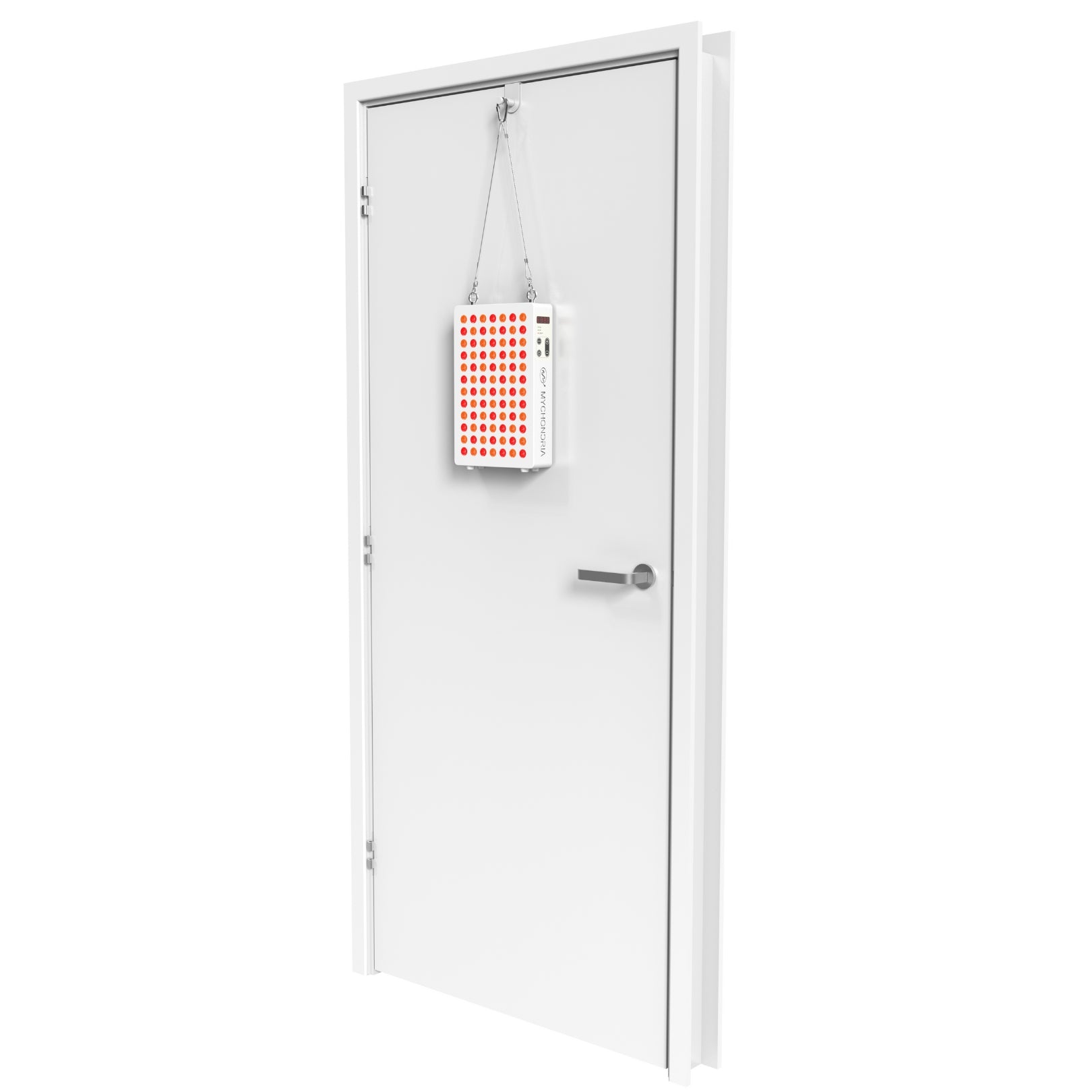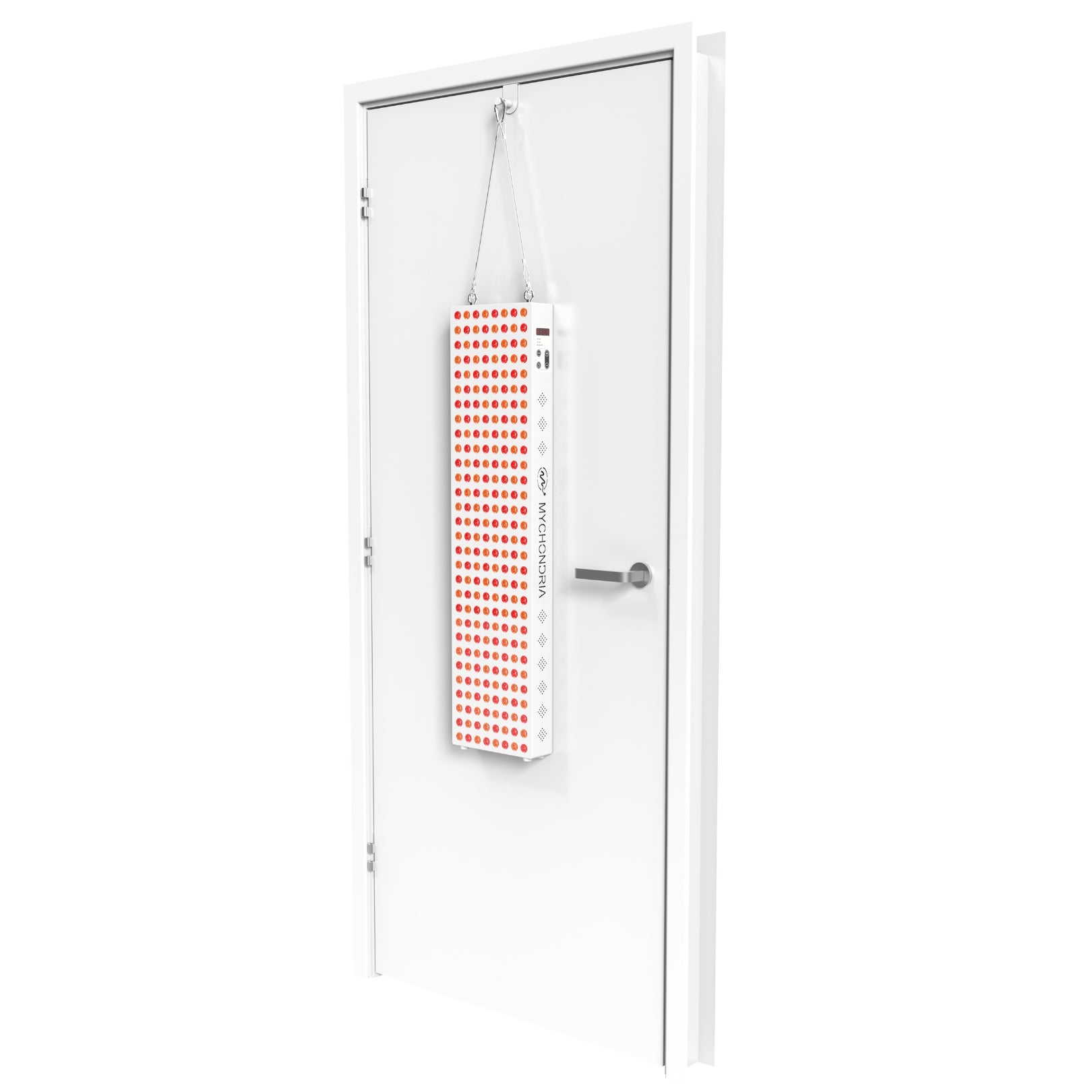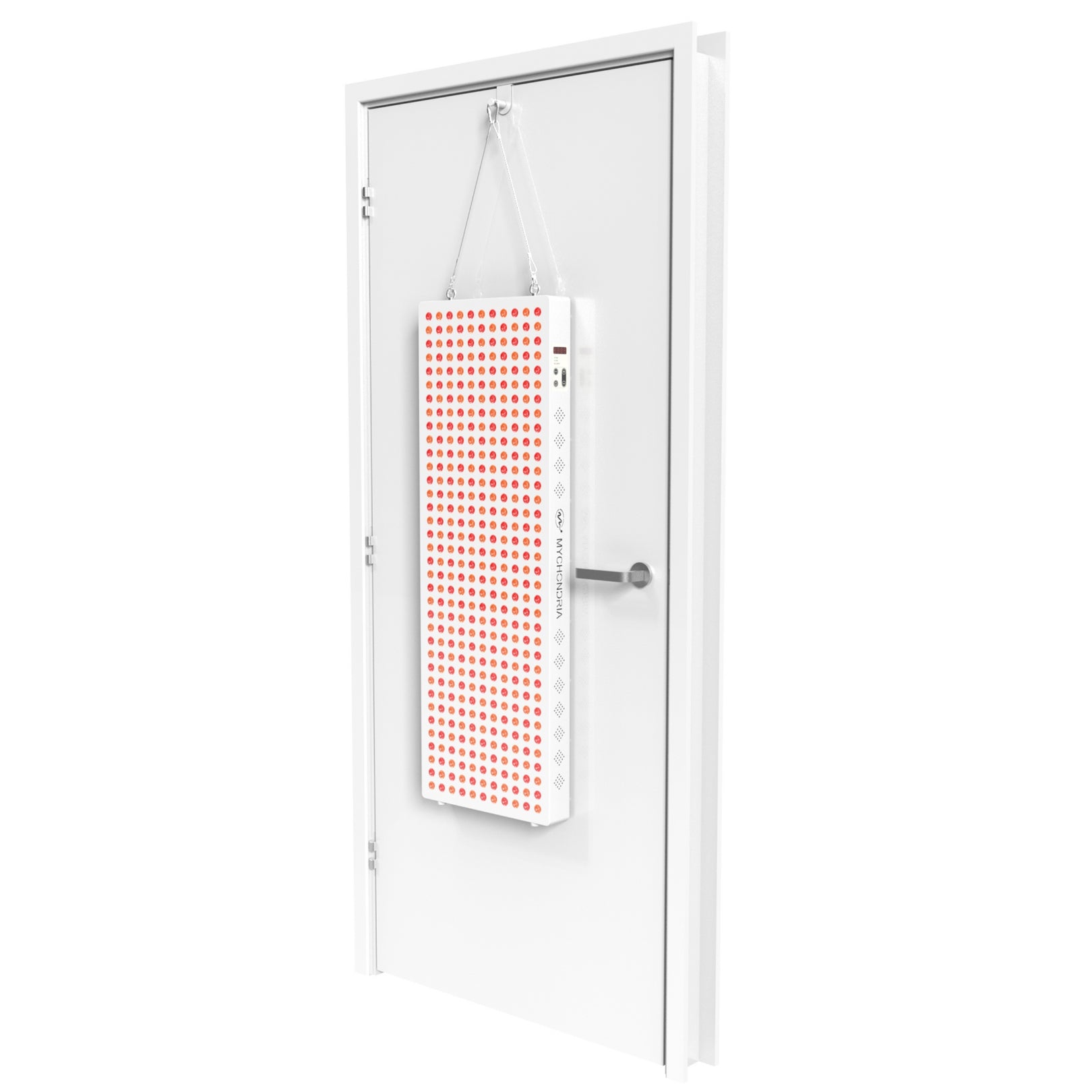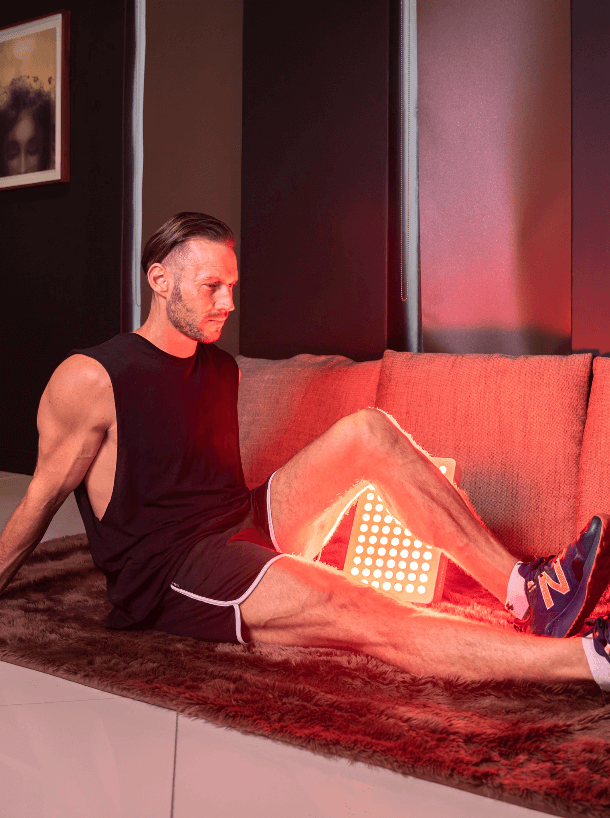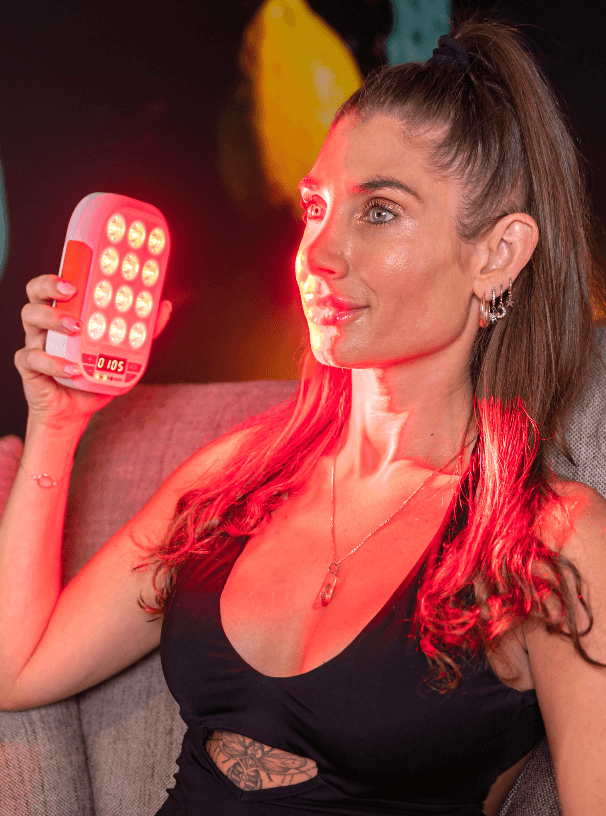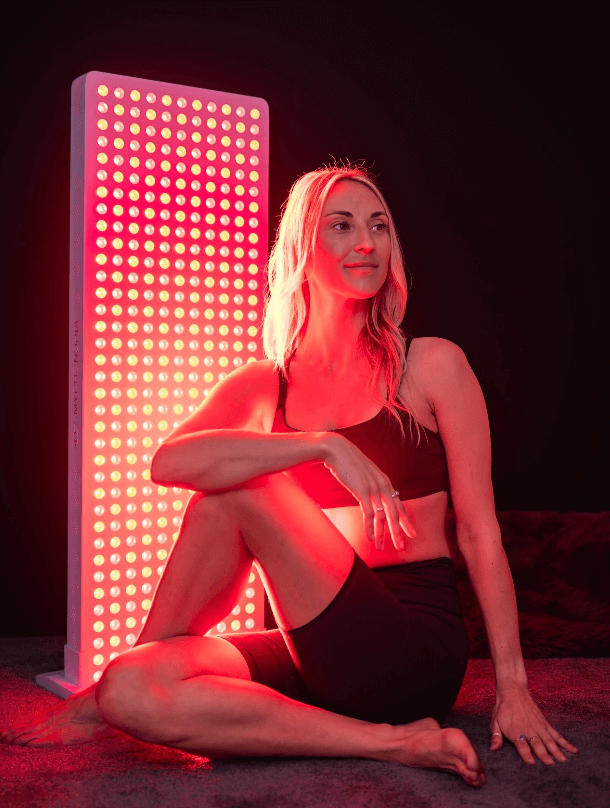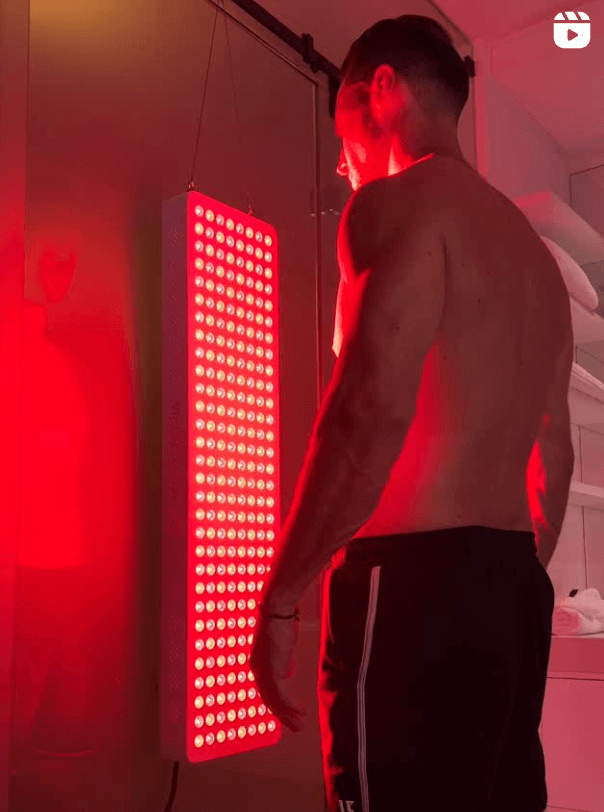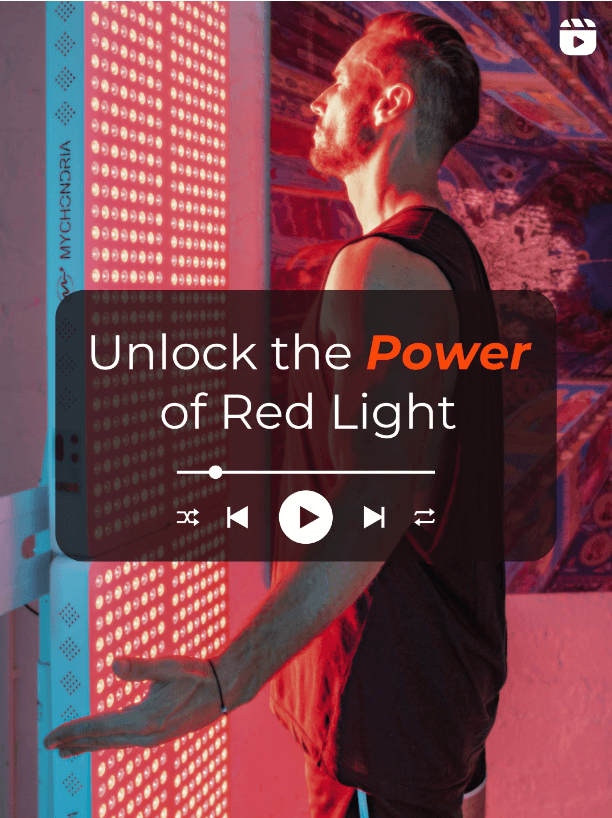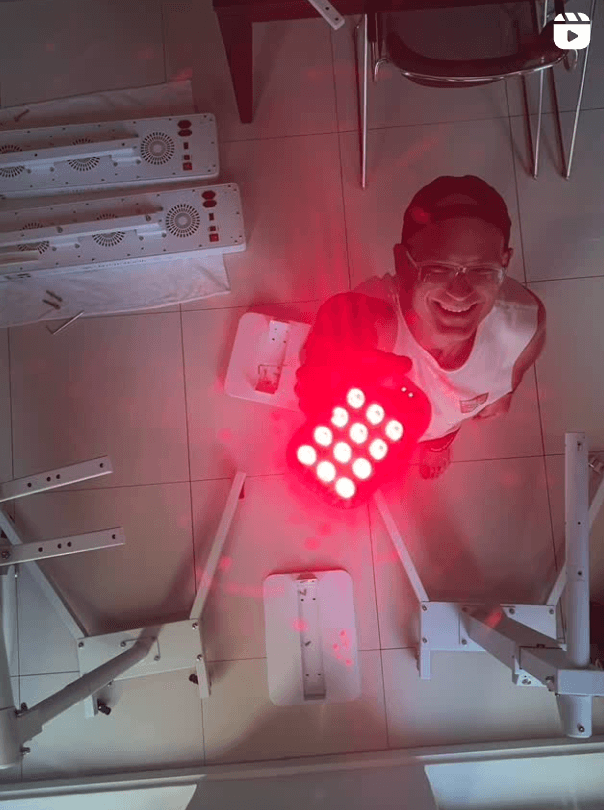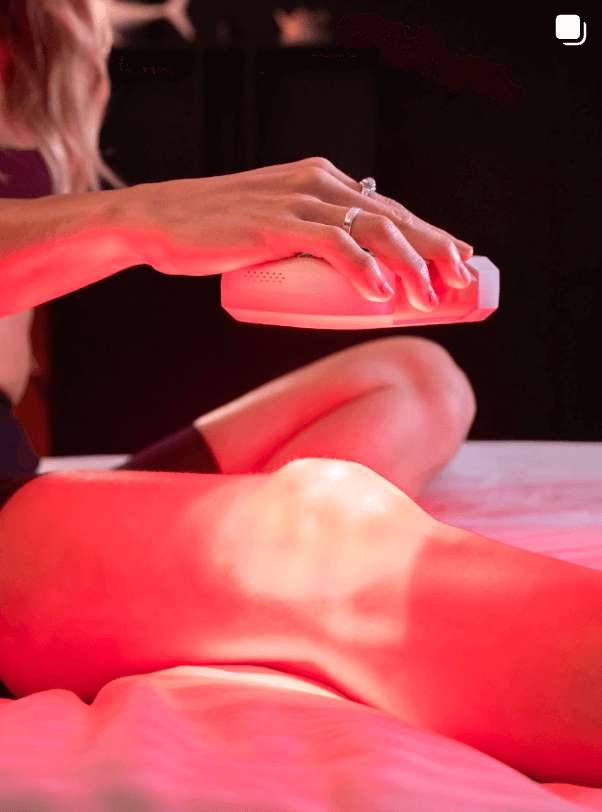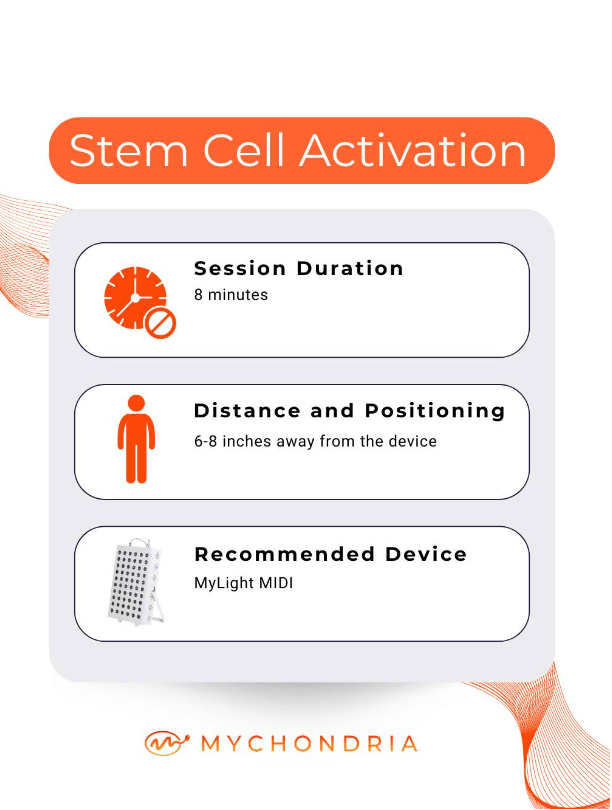
In our modern and fast-paced environments, we can attribute stress to being one of the main contributors to many mental as well as physical health issues. High stress levels may have a negative impact on sleep, blood pressure, body aches and pains and a weakened immune system. We wanted to investigate how we can use red light therapy as a tool to contribute positively to a healthy and well-balanced lifestyle.
It has been reported that stress can be linked to many negative reactions from the immune system, where severe and long-term stress may result in autoimmune diseases. A study investigated over 100 000 individuals who experienced stress disorders and compared these individuals to over 1 000 000 individuals that didn’t have stress disorders. It was reported that there was a 36% greater risk of developing one (or more) of the 41 autoimmune disorders, which could include psoriasis, celiac disease, Chron’s and rheumatoid arthritis, amongst others.
It is known that light of certain wavelengths is responsible for triggering certain reactions in the brain. In particular, light is known to release the feel-good hormone, serotonin. Blue light (light of shorter wavelengths, with more energy) activates an alert state. This is beneficial for during the day, but exposure to blue light at night or during restful periods can impact our circadian rhythms.
Our what!?
Our circadian rhythm is the internal control mechanisms that we have that regulate our sleep-wake cycle that repeats roughly every 24 hours. Having interruptions in this cycle can result in a list of negative impacts, particularly to our mood by decreasing alertness, emotional coping skills and rational thinking. Investigations into problematic circadian rhythms has been associated with anxiety and depressive disorders, according to Harvard Medical School. Blue light ultimately results in an increase in the stress hormone (cortisol) and a decrease in the sleep hormone (melatonin), which is important to keep us awake and focused.
How is red light different?
Red light (longer wavelengths, with less energy) has been proven to assist in feelings of relaxation and winding down when used at the end of the day and preventing sleep inertia when used in the morning. This means that feeling of grogginess and foggy brains is reduced by exposing your eyes to red light first. Red light therapy has been proven to be an excellent non-drug tool to relieve sleep issues associated with insomnia, circadian rhythm sleep disorders, depression and seasonal affective disorder. Having a consistent sleep pattern is one of the most important factors that can alleviate stress and promote a healthier, and balanced lifestyle.
Another way that red light therapy can be used to alleviate stress and negative emotions is to use it as a meditative tool. We know that meditation is extremely beneficial in so many ways for both your mind and body. It has been said that meditation can help to achieve greater control for concentration, mindfulness, and feelings of peace without interruptions from the external environment. This essentially means that our mind is allowed to rest in its natural state. Using your red light therapy device during periods of meditation allows your body and mind to enter the most calm and peaceful state possible. While meditating in front of your red light therapy device, our cells are becoming rejuvenated through an incredible process, that synergistically holistic.
Top Tip:
Incorporating a 10-15 minutes meditation into your daily routine, together with red light therapy can result in a calmer state of being, more focused and less reactive to external impacts. All this while having no negative side effects and the list of other beneficial ‘side effects’ make it even more inviting!
Written by: Caroline Bursey
